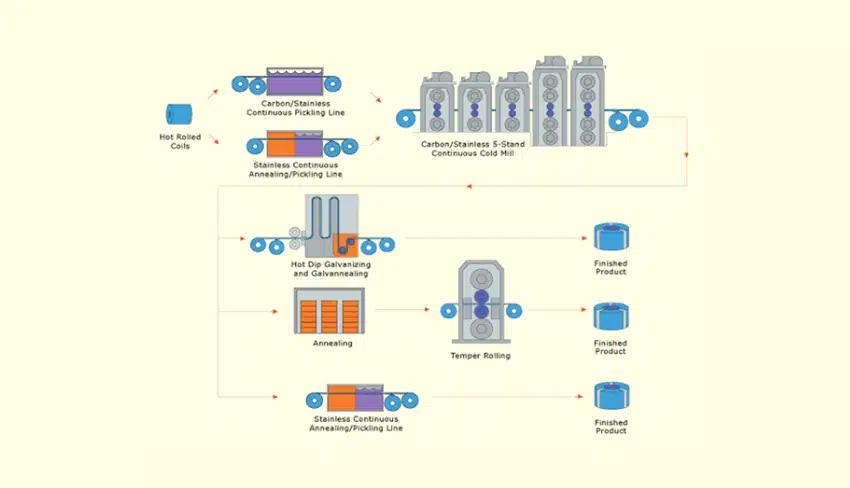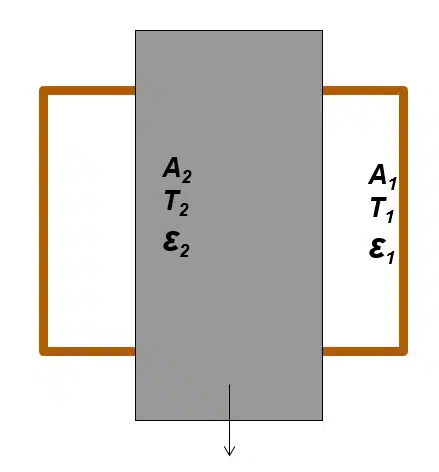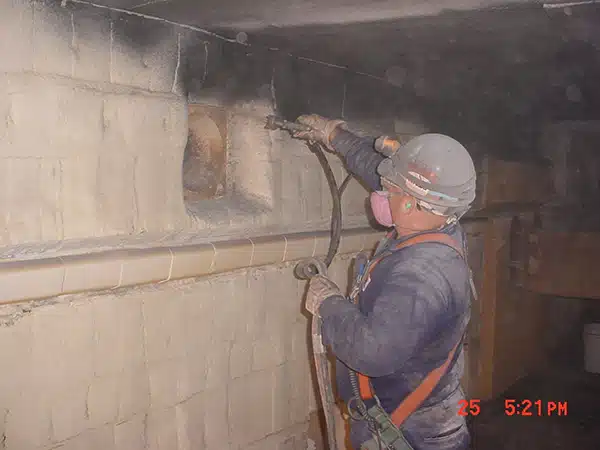IGS was invited to apply Cetek’s high emissivity coating technology to improve a steel facility’s annealing furnace efficiency. The plant is one of the most modern, best-instrumented rolling mills in the world, located in southwest Indiana. This case study explores:
The engineering evaluation
Application details
Benefit measurement approach
The plant produces more than 2 million tons of steel annually. The products on the plant’s annealing pickling line include both hot-rolled and cold-rolled type 300 and 400 austenitic and ferritic, ranging in gauge from 0.210-0.019” and widths from 26” to 62”. The type 300 products are generally used for the appliance market, while the 400 is used in the automotive sector. For both sectors, aesthetics are very important and surface defects are tightly monitored to adhere to the customer-driven specifications.
The drive for efficiency improvements led the plant to seek out energy-reducing technologies. Cetek, a developer and provider of high-emissivity coating technology, was invited to conduct a thorough engineering study of the expected impact on the plant’s annealing furnaces.


(Strip Anneal)
Lobo & Evans and others produced a calculation based on the Stefan-Boltzmann equation with reference to fired heaters:
QR = Aσ(T14-T24)/F
Where F = 1/ε1+{A1/A2}{(1/ε2)-1} for steel strip of area A2, surface temperature T2 and emissivity ε2 are inside an enclosure, area A1, with surface temperature T1 and emissivity ε1. The effects of maximizing the emissivity ε1 of the enclosure are obvious; there is a significant increase in radiant heat transfer to the tubes. Much of the radiant heat to the tubes travels directly from the flame/flue gas, but the emissive property of the refractory surface has a profound effect.
IGS conducted an engineering evaluation, outlining the current operational efficiency of the furnaces, as well as the anticipated benefit the plant should expect to realize from the coating application. The findings concluded:
Anticipated 4.5% fuel savings (4.7% production increase)
Payback of ~6 months (@ $4.00/MMBTU)
Prior to the main application, the coating was applied to 150 sq. ft. section of the annealing furnace sidewall to determine the coating durability with no risk of contamination to the product.
The application included the coating of the refractory in #1 and #2 anneal pickling lines to be applied by a crew of Cetek technicians. The refractory surface area, which was more than 20,000 sq.ft., was coated in less than 48 hours during the critical path, ahead of the anticipated timeline.

CATEGORIES: